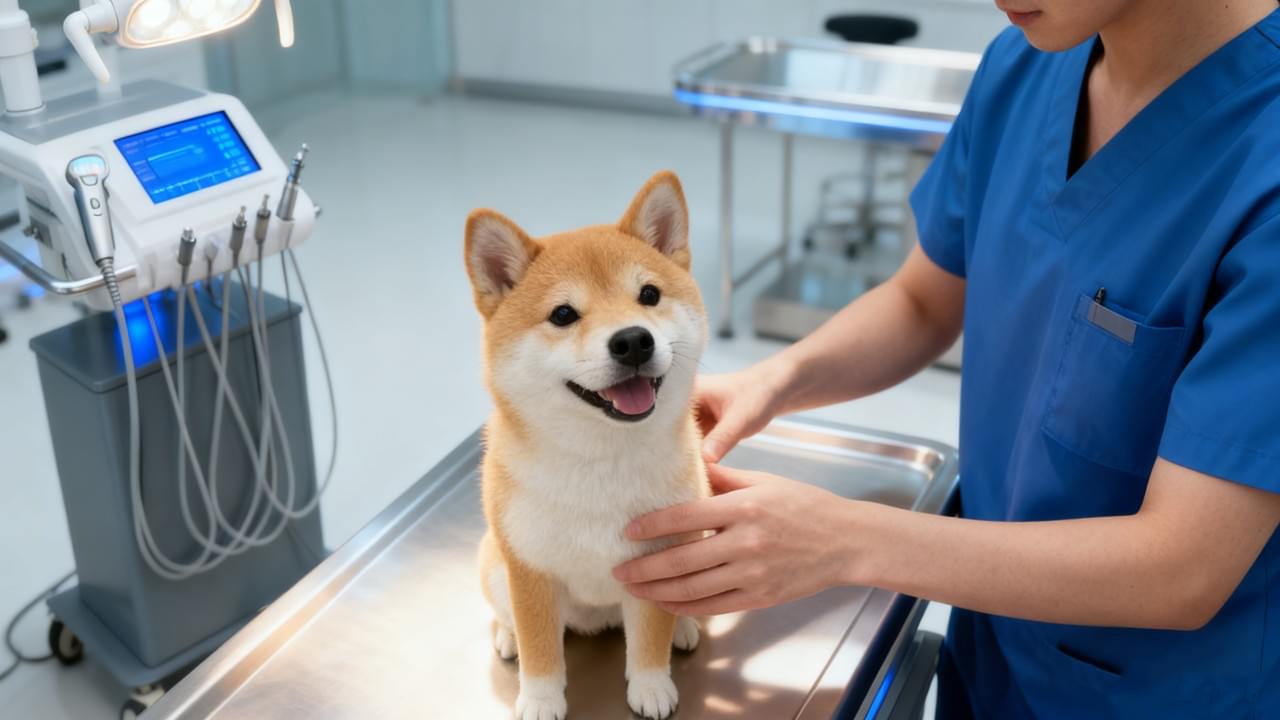When it comes to pet surgical care, a well-informed pet owner plays a crucial role in their companion’s recovery process. Pet surgical care involves a series of steps that begin before the surgery and continue through the post-operative period. In this comprehensive guide, we’ll walk you through the essential aspects of pet surgical care, from pre-operative preparation to at-home recovery, ensuring your pet receives the best possible care.
Table of Contents
ToggleI. Pre-Surgical Preparation: Laying the Groundwork for Successful Pet Surgical Care
Before the scalpel even touches, there’s work to be done to prepare your pet for surgery.
- At-Home Preparation
- Withholding food for at least 8 hours and water for the last 4 hours prior to surgery is a must to reduce anesthetic complications.
- A pre-surgical bath can help minimize the risk of introducing bacteria into the surgical site.
- Hospital Preparation
- A thorough examination at the hospital, including blood work and diagnostic imaging, ensures your pet is healthy enough for surgery.
- Pre-Surgical Checks
- Comprehensive pre-surgical tests like blood work, ECG, and blood pressure monitoring are essential to tailor safe anesthesia and surgical plans.
II. Intra-Operative Care: Safeguarding Your Pet’s Health During Surgery
During the surgery, vigilant monitoring by the surgical team is key to preventing complications and ensuring the best possible outcome.
- Anesthesia
- The choice and administration of anesthesia are critical, with inhalation anesthesia often being the preferred option due to its controllability and safety.
- Surgical Team
- A skilled team will meticulously carry out the procedure, ensuring minimal stress and optimal pet surgical care.
- Monitoring
- Continuous monitoring of vital signs is vital to address any immediate concerns and maintain your pet’s health during surgery.
III. Post-Operative Care: Nurturing Your Pet’s Recovery
The first 24 hours post-surgery are critical in your pet’s recovery process.
- Waking Up
- A smooth emergence from anesthesia is closely monitored to ensure your pet’s safety and comfort.
- Eye Care
- Applying eye ointment post-surgery prevents corneal drying, a common issue pets face under anesthesia.
- Positioning
- Proper positioning after surgery ensures a clear airway and facilitates breathing.
- Urination
- The first signs of urination post-surgery indicate normal kidney function, a positive indicator of your pet’s recovery.
- Respiratory and Cardiovascular Monitoring
- Ongoing monitoring of your pet’s breathing and heart function is essential to detect any potential issues early.
- Body Temperature
- Maintaining your pet’s body temperature post-surgery, especially in colder months, is crucial to prevent hypothermia.
IV. Tailored Post-Operative Care for Different Surgeries
The type of surgery will influence the post-operative care needed.
- Spaying (Ovariohysterectomy)
- Post-spay care for pets involves monitoring for infection and ensuring the incision site remains undisturbed.
- Neutering (Castration)
- For male pets, post-operative care includes preventing them from licking the incision site and managing pain effectively.
V. Preventive Care: Minimizing the Need for Pet Surgical Care
Regular vet visits and vaccinations can help prevent many conditions that might require invasive procedures.
- Regular Vet Check-ups
- Routine check-ups can identify health issues before they escalate into more serious conditions requiring surgery.
- Vaccinations
- Staying up-to-date on vaccinations can prevent many diseases that may necessitate surgical intervention.
- Healthy Lifestyle
- Promoting a healthy lifestyle, including a balanced diet and regular exercise, can contribute to your pet’s overall health and reduce the need for surgery.
VI. Conclusion: Ensuring a Swift and Safe Recovery in Pet Surgical Care
By understanding and implementing the principles of pet surgical care, you can help your pet recover quickly and safely from surgery. Working closely with your veterinarian is key to providing the best possible care for your pet during their recovery.
If you have any questions or concerns about your pet’s surgery and recovery, don’t hesitate to reach out to your veterinarian. They are there to help guide you through the process. Together, we can ensure your pet receives the best care possible! 🏡🐶


